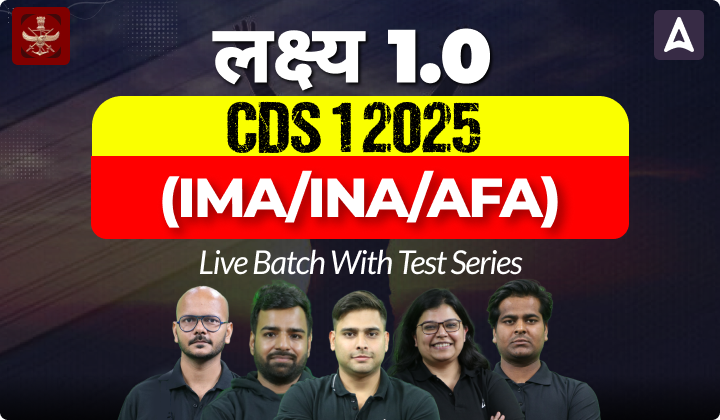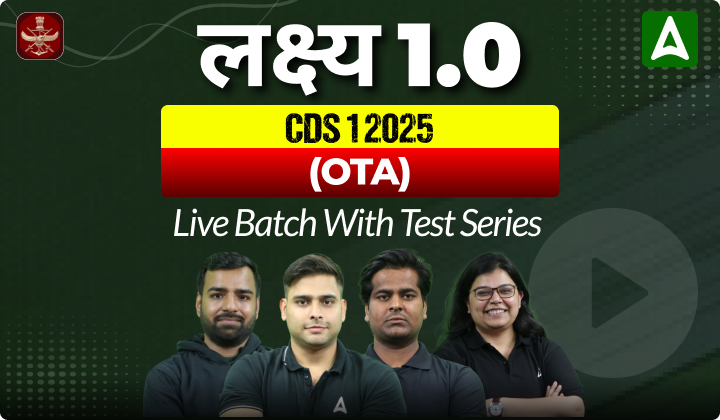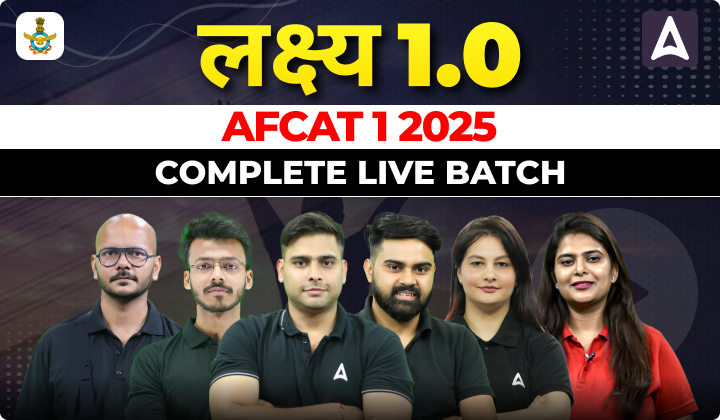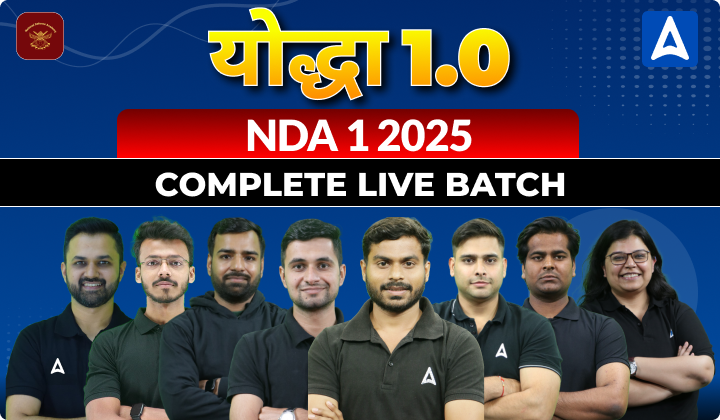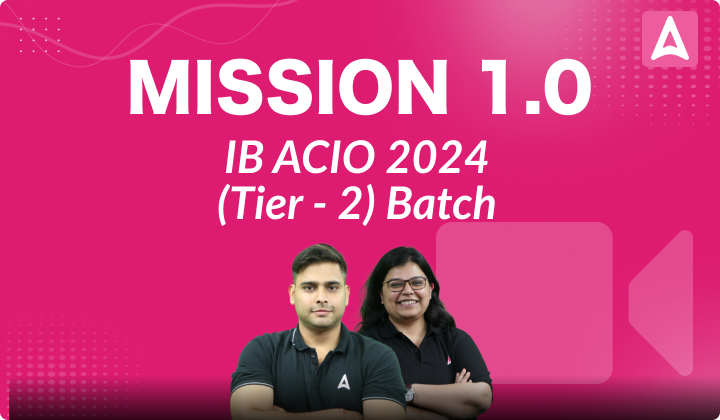Public Sector Banks in India
A bank is generally a financial institution licensed by the government to receive deposits and make loans. The public sector banks or Government Banks are those banks which are operated by the government and its owners are also associates of the Indian government. A bank is also classified as a public sector bank if the government owns more than 51% of the bank’s stock. In India, at present, there are 12 public sector banks. All banks are headed by the Reserve Bank of India, which is controlled by the Indian government’s financial department. The Indian government usually appoints one chief of this public sector bank, who is given the charge of making all of the bank’s operational decisions.
List of Public Sector Banks in India
Finance minister Nirmala Sitharaman made an announcement of public sector bank mergers on 30th August 2019, the number of public sector banks has reduced to 12. In this article, candidates will be provided with the details of the government banks list in India 2022 after the merger of banks. . It also provides other financial support to the customer. Government banks or public sector banks are a major type of government-owned banks in India, where a majority stake is held by the Ministry of Finance of the Government of India or State Ministry of Finance of various State Governments of India. In public sector banks, the government owns more than 51% of shareholdings. Reserve bank of India is India’s central banking institution and supreme banking authority.
Government Banks List in India 2022 |
|||||
| S. No | Public Sector Banks | Tagline | Government
Share Holding (as at end-March 2022) |
Established
On |
Headquarters |
| 1 | State Bank of India | Pure Banking, Nothing Else | 57.59% | 1955 | Mumbai, Maharashtra |
| 2 | Punjab National Bank
|
The Name You Can Bank Upon | 73.15% | 1894 | New Delhi, Delhi |
| 3 | Bank of Baroda
|
India’s International Bank | 63.97% | 1908 | Vadodara, Gujarat |
| 4 | Bank of India | Relationship Beyond Banking | 81.41% | 1906 | Mumbai, Maharashtra |
| 5 | Bank of Maharashtra | Ek Parivaar, Ek Bank (One Family One Bank) | 90.90% | 1935 | Pune Maharashtra |
| 6 | Union Bank of India | Good People to Bank with | 83.49% | 1919 | Mumbai, Maharashtra |
| 7 | Canara Bank | Together We Can | 62.93% | 1906 | Bengaluru, Karnataka |
| 8 | Central Bank of India | Central to You Since 1911, Build a better life around us | 93.08% | 1911 | Mumbai, Maharashtra |
| 9 | Indian Bank | Your Own Bank, Banking That’s Twice As Good | 79.86% | 1907 | Chennai, Tamilnadu |
| 10 | Indian Overseas bank | Good People To Grow With | 96.38% | 1937 | Chennai, Tamilnadu |
| 11 | Punjab and Sind Bank | Where Service is a Way of Life | 98.25% | 1908 | New Delhi |
| 12 | UCO Bank | Honours your Trust | 95.39% | 1943 | Kolkata, WB |
Public Sector Banks: FAQs
Q1. Which institution is the supreme banking authority?
Ans. Reserve Bank of India.
Q2. At present, what is the number of public sector banks in India?
Ans. The number of public sector banks has reduced to 12 after the merger in 2019.

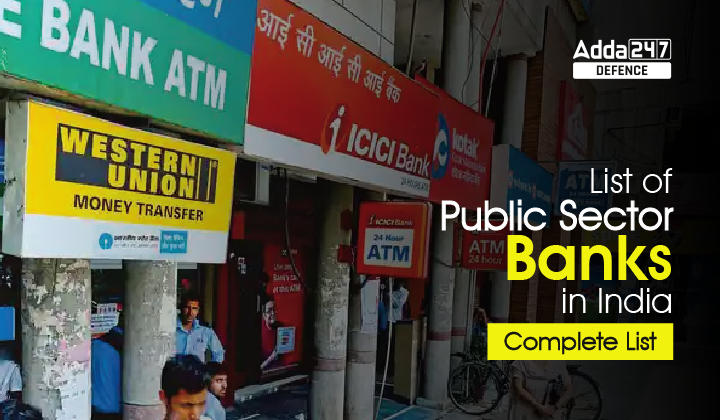


 List of All Important Inventions and The...
List of All Important Inventions and The...
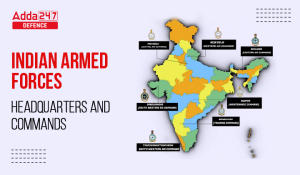 Headquarters and Commands of Indian Arme...
Headquarters and Commands of Indian Arme...
 IND–INDO CORPAT Exercise 2024
IND–INDO CORPAT Exercise 2024

